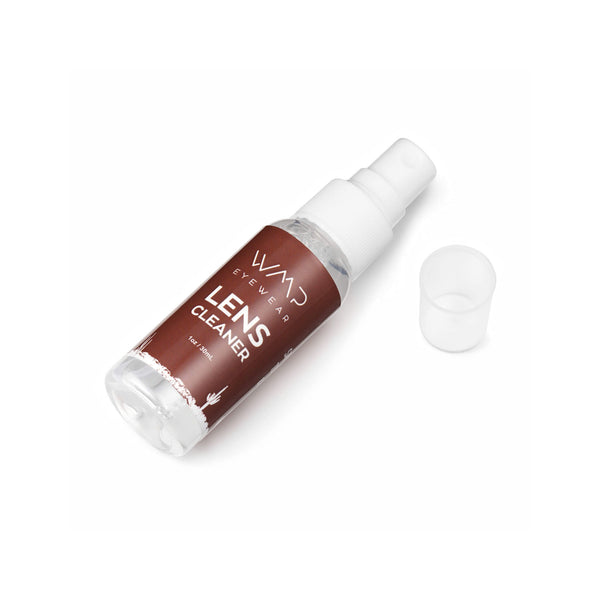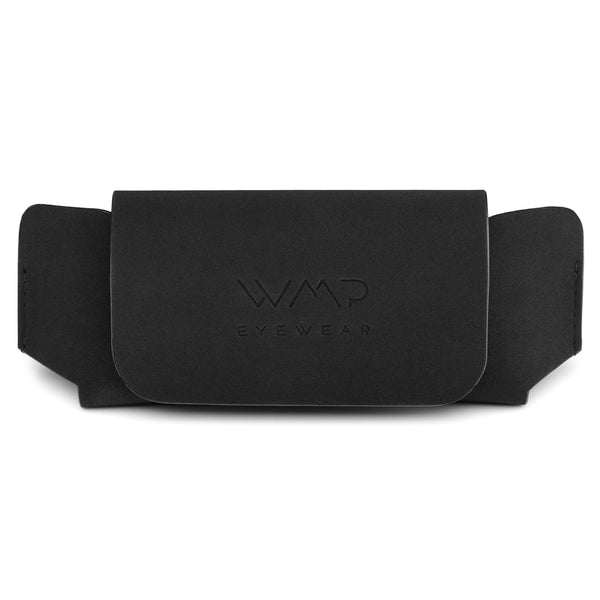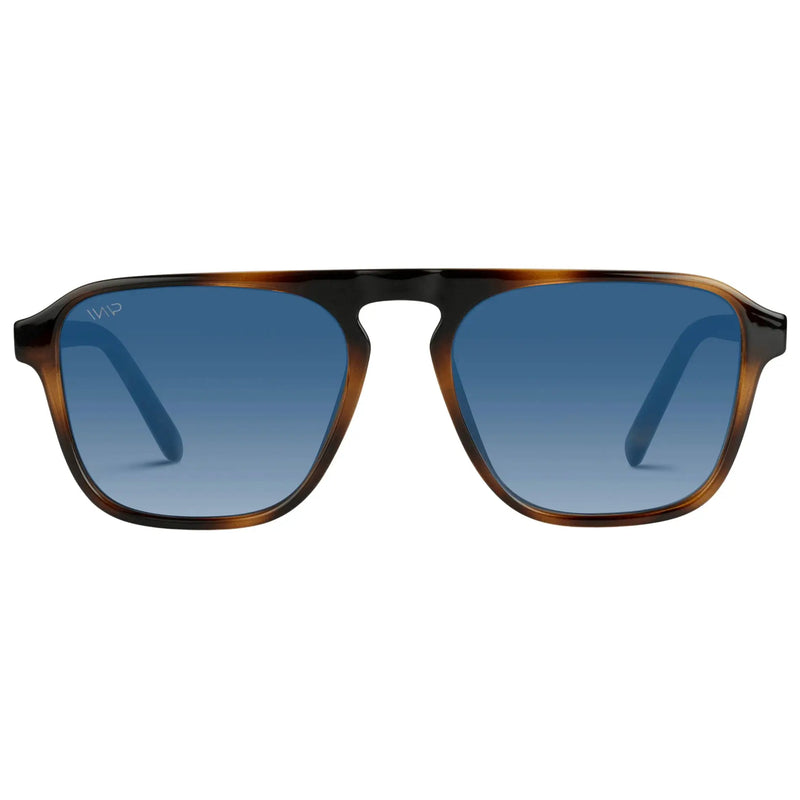What Are the Benefits of Polarized Sunglasses

Polarized sunglasses were invented in 1936 by Edwin H. Land when he sandwiched his patented Polaroid filter between two lenses. Polarization was then used in 1937 when Ray-Ban created aviators for servicemen in WWII.
These became popular with the public after aviators were featured in an image of General Douglas MacArthur when he landed on the shore of the Philippines. Now, you can get any kind of sunglasses with a polarized lens (but those aviators are still a favorite!).
Odds are, you’re familiar with the term polarized sunglasses but not sure if they’re up to the hype. Polarized sunglasses can cost a bit more than their regular counterparts and don’t work for everyone.
But men’s polarized sunglasses are popular for a reason. If you’re on the fence about buying polarized sunglasses, keep reading to learn all about the benefits to decide if they’re right for you.
What Are Polarized Lenses
How Are They Made
Polarized lenses are cheaper now than they used to be because they cost much less to make than when they first came out. Nowadays, polarized lenses are mass-produced in factories specifically catering to eyewear.
There are many different ways polarized lenses are made. If it’s a polycarbonate lens, a polarizing film is attached to the front of the lens, then covered with a scratch-resistant coating to ensure the polarization won’t flake off. Other types of polarized lenses are made out of CR39 or glass.
Polarized lenses can also be made by pouring the molten lens material into a mold with the polarization so they merge seamlessly together, or the polarization film is sandwiched between two lenses.
How Do Polarized Lenses Work
Polarized lenses work by blocking the horizontal light waves that cause glare in your eyes. When light hits a surface, it scatters all over the place. Except when it hits anything reflective, and then it shoots in a horizontal line.
Certain types of light, like horizontal light, interfere with our vision. Our eyes get overwhelmed and see glare. However, vertical light is much easier for our eyes to see and won’t cause eye strain.
So, when wearing polarized sunglasses, glare is cut down so activities like driving and sports are more enjoyable and safer.
Increase Visibility and Improve Vision Clarity
One of the benefits of polarized sunglasses is that it increases your visibility and helps you see clearer. Because glare is blocked, you can see without squinting. Those little bumps in the road won’t be obfuscated by a mirage, so you can navigate around potholes and jarring terrain.
Polarized sunglasses make viewing the world around you more comfortable, so you can spend more time outside and enjoy the details of nature you would have missed in regular sunglasses.
Plus, you can find affordable polarized sunglasses like Abner for under 40 bucks, so it doesn’t hurt to give them a try and see what you think.
Relieve Eye Strain
Eye strain happens when you use your eyes for long periods. This could be a cross-country road trip or a long day looking at the computer. Bright light like glare leads to eye strain, so wearing polarized sunglasses when outside relieves eye strain.
Say goodbye to headaches, shoulder pain, and other issues that can come up with eye strain when you buy a pair of polarized sunglasses like Tate.
And if you spend a lot of time staring at the computer, consider purchasing a pair of blue light glasses to prevent digital eye strain.
Protect the Overall Health of Your Eyes
Another benefit of polarized lenses is that they can protect your eyes from developing certain health conditions that cause permanent damage. For example, you can develop a cataract from excessive light exposure from glare. Cataracts blur your vision, and while you can get surgery, the damage may be irreparable.
Polarized sunglasses block horizontal wavelengths that cause cataracts to develop.
Polarized options like Harvey offer large rectangular lenses to cover your whole eye and an extra thick frame to prevent light from coming in on the sides.
Don't Forget UV Protection
One thing polarized sunglasses don’t offer inherently is UV protection. Polarized lenses don’t block UV rays, so you need to make sure the ones you buy also have 100% UVA/UVB protection.
UV rays come primarily from the sun. Excessive exposure over time leads to issues like worsened eyesight and even eyelid cancers. So, choose polarized sunglasses that offer UV protection, like Emerson and Nick at WMP Eyewear.
Frequently Asked Questions
Why Should You Wear Polarized Sunglasses?
You should wear polarized sunglasses because they block glare, making it easier and safer for you to see when driving or doing other activities. Polarized sunglasses contain filters that block horizontal light, that painful light that looks super bright in your eyes off a reflective surface.
If you enjoy water or snow sports, polarized sunglasses make it easier to see the terrain in front of you so you can make the most of the slope or catch that big fish.
Are Polarized Sunglasses Better for Your Eyes?
Polarized sunglasses are better for your eyes, as long as they also block 100% of UVA/UVB rays. The horizontal light from glare can cause your eyes to develop cataracts. Common symptoms of cataracts include blurred vision, inability to see at night, sensitivity to brightness, and faded colors, among other things.
While some cataracts can be removed by surgery and improve eyesight, it may not bring it back to what it used to be. The best way to protect yourself is to wear polarized sunglasses with UV protection, like Wesley.
Why Can't Pilots Wear Polarized Sunglasses?
Pilots can’t wear polarized sunglasses because they inhibit the ability to read the instruments necessary for a safe flight. Polarized sunglasses make it difficult to read LCD screens, so it could cause a pilot to make a deadly mistake.
The other issue comes from general visibility. The windscreen on the plane is often made out of laminated materials, and polarized lenses can make striations in those larger. It also masks glare from other planes and objects, slowing down a pilot’s response time to avoid a collision.





















